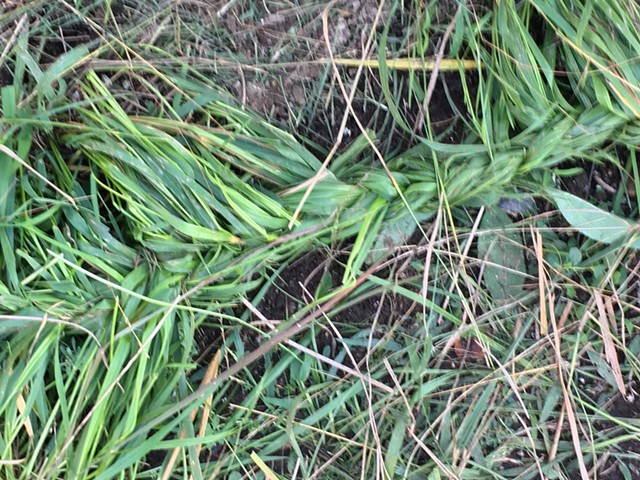Lay of the Land, MECA ICA Portland, Maine 2017
Part of the exhibition, You Never Know How You Look Through Other People’s Eyes, Curated by Scott Patrick Wiener.
Vacant lots are not empty. We can think through them through human and social scales rather than architecture or financial systems. They are spaces of histories, memories, narratives, and evidence.
Part of the exhibition You Never Know How You Look Through Other People’s Eyes, curated by Scott Patrick Wiener.
Vacant lots are not empty. We can think through them on human and social scales rather than through architecture or financial systems. They are spaces of histories, memories, narratives, and evidence.
Lay of the Land can be read through negation in terms of non-functioning, empty, and undeveloped urban space. Jacunski addresses vacant lots as active traces of the land’s shifting histories and psychological structures by lifting forms and symbols from the attendant architecture to explore their impressions on the spaces around them—an assertion of the land’s material presence and agency. Realized in two parts for the exhibition You Never Know How You Look Through Other People’s Eyes, the exterior component of the work is a durational installation realized throughout the course of a growing season.
Sweet grass has many names: Holy Grass, Mary's Grass, Vanilla Grass, Bluejoint, Buffalo Grass, Zebrovka, Manuka, and Hierochloe odorata. It has absorptive phytoremediation qualities and is used in ceremonies of local Native American tribes, as well as for its medical qualities in Eastern Europe. It is woven into braids, rugs, and baskets. Lay of the Land, made of sweet grass, began the growing cycle in summer 2017. The chain-link fence is a sobering architectural object that indicates private property while alluding to restricted borders that often shape and restrain communities. In the fall the sweet grass will be harvested as a textile for Jacunski to braid into the fence and onto the ground in a circular, rug-like pattern. For the exhibition’s opening, she will weave into and hang mirrors in the fence’s negative space. Viewers are then invited to walk on the weaving to engage the materials while considering human agency coextensive with social and material transformation.
This durational ecosystem is site-specific, participatory, and directly addresses the mending of torn social fabrics to provide a meditative place for reflection on our relationship to the land. It embodies a call and response between members of communities through shifting perceptions in exchange for repair, healing, and kinship. In the spirit of the exhibition, Jacunski uses perceived antagonisms between industrial constraint and the garden’s potential for freedom to offer visitors an opportunity to re-establish a connection to the community of the natural world.
Institute of Contemporary Art at Maine College of Art
(ICA at MECA) 522 Congress Street, Portland, Maine 04101
Website: meca.edu/ica | Instagram: @icaatmeca | Facebook: MaineCollegeofArt






